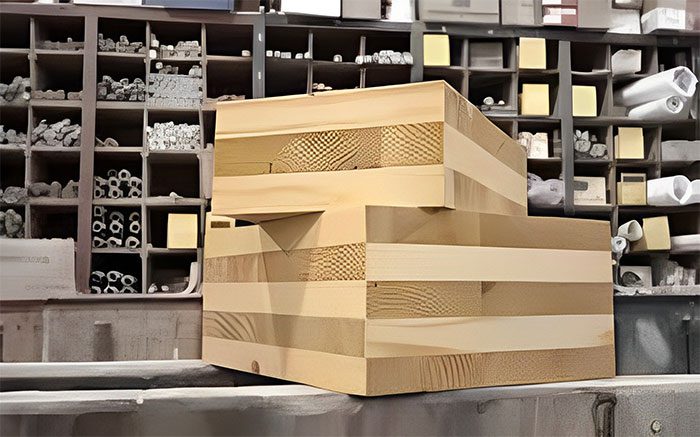The scientific journal Cell Reports Physical Science from the Netherlands has recently published a study from Rice University in the United States (RU), which has developed a stronger type of wood that functions as a climate change mitigation tool by “capturing” carbon dioxide (CO2).

This new type of wood is not only more durable but also creates a solution for absorbing CO2 from the air.
The development of sustainable building materials is crucial in addressing the increasing CO2 emissions caused by the use of fossil resources. This new type of wood not only offers enhanced durability but also provides a solution for CO2 absorption from the atmosphere.
Scientists at RU have leveraged the natural properties of wood to enhance its CO2 capture capabilities. The process involves introducing metal-organic frameworks (MOFs) with high porosity into the wood after the internal framework has been cleaned.
This mechanism is referred to as hierarchical structuring. Wood consists of three essential components: cellulose, hemicellulose, and lignin. Lignin gives wood its color, so when it is removed, the wood becomes colorless. The MOF particles easily fit into the cellulose channels, enhancing binding and CO2 absorption.
Testing the tensile strength of this wood shows that it is stronger than untreated conventional wood and can withstand environmental stressors such as bending.
Moreover, the process used to produce this wood is scalable and energy-efficient. Traditional MOFs typically have low stability, are susceptible to moisture, and possess high porosity, making them ideal for construction purposes, while also being sustainable and highly renewable.


















































